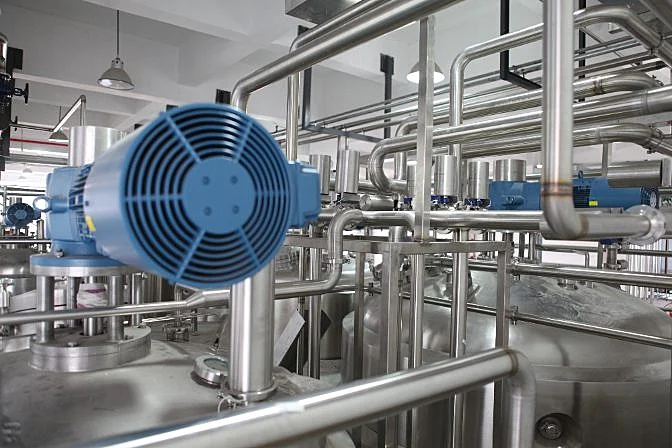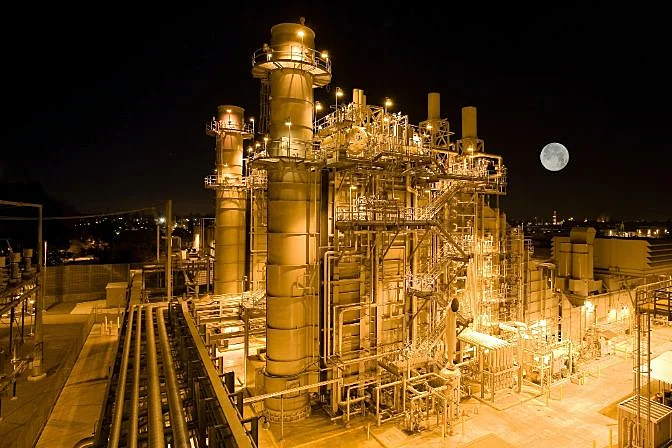Turnaround time is the total time it takes to complete a process, from start to finish. In many contexts, this term is often associated with downtime, which refers to the period during which a system or asset is not operational. Think of turnaround time as the time between when a request is made and when it is fully completed. It's the time it takes for something to be done—whether that’s a simple task or a complex industrial process. In industrial environments, turnaround time typically refers to the time an asset, like a boiler or pressure vessel, must be taken offline for maintenance, upgrades, or other essential work. This period is often planned in advance to minimize disruption to operations. In computing, turnaround time is the time between submitting a process for execution and receiving its output. In warehouse logistics, it refers to the time from when an order is placed until it is fulfilled and shipped to the customer. Turnaround time can vary depending on the industry, but its importance remains consistent across all sectors. It directly affects productivity, efficiency, and profitability. At an industrial plant, turnaround time refers to the time required to shut down a specific asset or an entire operation for maintenance, repairs, or upgrades. This period is commonly known as downtime, a planned outage, or a plant turnaround. If an entire facility needs to be offline, the turnaround time would include the full duration of the shutdown. During this time, no production occurs, and operations are paused to allow for necessary work to be completed safely and efficiently. Turnaround times are usually planned ahead of time. However, unexpected events such as equipment failure or emergencies can also lead to unplanned turnarounds. In these cases, the time required to fix the issue and resume normal operations is still considered part of the turnaround process. Common types of work during planned turnarounds include regular maintenance, part replacements, repairs, and system upgrades. In some cases, external factors like global events (such as the COVID-19 pandemic) may also necessitate temporary shutdowns for health and safety protocols. Turnaround time is essentially money. The longer a plant or system is offline, the more potential revenue is lost. For businesses, minimizing downtime is key to maximizing profits and maintaining competitiveness. This is especially true in industries like power generation, where every minute a plant is offline means a loss of potential energy production and revenue. In large-scale operations, even a single day of downtime can cost thousands or even millions of dollars. While machines cannot run indefinitely, they do require periodic maintenance to ensure safe and efficient operation. During these periods, inspections and repairs are carried out, which is why turnaround time is both necessary and costly. To improve efficiency and reduce costs, companies should focus on optimizing their turnaround processes. Here are five key steps that can help streamline operations without compromising safety: Planned turnarounds, such as those for routine maintenance, can be scheduled well in advance. By identifying the necessary steps, scope of work, and timelines early on, managers can significantly reduce delays during the actual shutdown. For turnarounds involving new technology or complex engineering tasks, it's important to plan ahead. Ensure all equipment is ready, tested, and available before the shutdown begins. Effective communication across departments is crucial. Ensuring all stakeholders are informed about the turnaround schedule helps avoid confusion and wasted time. During the turnaround, clear leadership and oversight are essential. A well-organized team can keep everyone focused, identify issues quickly, and maintain efficiency throughout the process. After the turnaround, reviewing what went well and what didn’t helps improve future operations. This feedback loop is critical for continuous improvement and better planning next time. In addition to the five steps above, incorporating advanced technology like drones can further enhance efficiency. Drones, such as the Elios 3 by Flyability, are designed for indoor inspections and can greatly speed up data collection during turnarounds. Here are two key ways drones help reduce turnaround time: Inspecting confined spaces like boilers or pressure vessels often requires scaffolding, which is time-consuming to build and dismantle. Drones eliminate this need by flying into these areas and collecting visual data quickly and safely. Traditional inspections using scaffolding or manual checks can take hours, while drones can complete the same task in a fraction of the time. One customer reported a 30-hour inspection reduced to just 10 hours using a drone, resulting in significant cost savings. Drones not only save time but also improve safety and reduce labor costs. They provide accurate data that can guide maintenance efforts more effectively, ensuring that work is targeted and efficient. Case studies show how companies have saved millions by using drones to shorten turnaround times, increase safety, and improve overall performance. Graphite Section Machine,Graphite Processing Machine,Graphite Milling Machines,Graphite Cnc Machines Changzhou Kuaile Technology Co., Ltd , https://www.quartzglasssectionmachine.comWhat Is Turnaround Time? What Is Downtime?

What Does Turnaround Time Mean?

Why Turnaround Time Is So Important

Five Steps to Reduce Turnaround Time
1. Plan Ahead
2. Consider Engineering Needs
3. Coordinate Schedules and Communication
4. Manage the Turnaround Process
5. Conduct Post-Turnaround Reporting

How Drones Help Significantly Reduce Turnaround Times
1. Reducing the Need for Scaffolding
2. Speeding Up Visual Data Collection